The department of accelerator science provides research and education opportunities in both theory and experiment, targeting research on new accelerator principles and the development of pioneer accelerator technologies. Other essential areas of science and technology, such as radiation physics, numerical science, computer science and superconducting science, are also included. The following are research areas which are currently being pursuied by students together with leading accelerator scientists. They are carrying out research using world-class accelerators and equipment.
Accelerator theory and Beam physics research
 |
In the Accelerator theory and Beam physics group, we study the accelerator beams from the viewpoint of physics. Various phenomena exhibited by beams are verified by experimental measurements, analyzed by numerical simulation, and clarified by theoretical treatments. While beam intensity remains weak in the accelerator, the particles of beam move independently each other under the Lorentz force of external electromagnetic field produced by the accelerator apparatuses. Such motion can be treated by the nonlinear dynamics of single particle. With increasing beam intensity, collective motion emerges as listed in the followings.
While beam intensity remains weak in the accelerator, the particles of beam move independently each other under the Lorentz force of external electromagnetic field produced by the accelerator apparatuses. Such motion can be treated by the nonlinear dynamics of single particle. With increasing beam intensity, collective motion emerges as listed in the followings.
- beam interaction with electron-cloud and/or ions
- beam-beam interaction in colliding accelerators
- space charge effect in hadron accelerators
- coherent radiation and space charge effect in electron accelerators
- collective beam instabilities induced by the above mentioned phenomena
These intensity dependent phenomena are combined with the single particle dynamics and limit the accelerator performance severely. By studying these phenomena based on physics, we verify limiting factors and manage to control them.
Kazuhito Ohmi |
Study of Space Charge Effect in a Low Energy Beam Transport Line
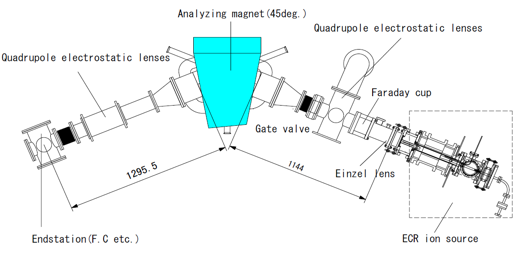
Fig1
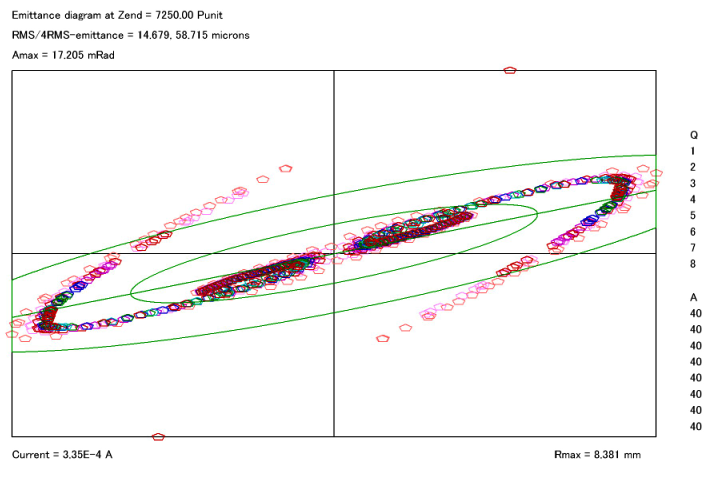
Fig2 |
In any accelerator, an ion beam is supplied by an ion source. In a transport line following after the ion source, a space charge potential induced by ion charges disturbs an ion beam. Ultimately, such disturbance affects a final beam quality. Since ions with various charge states intermingle just after the ion source, an estimation of a space charge effect is complicated there. From this stand point of view, we are aiming to understanding of a dynamics of a low energy ion beam through an experiment and a simulation.
Toshikazu Adachi |
Surface Study of SRF Cavity
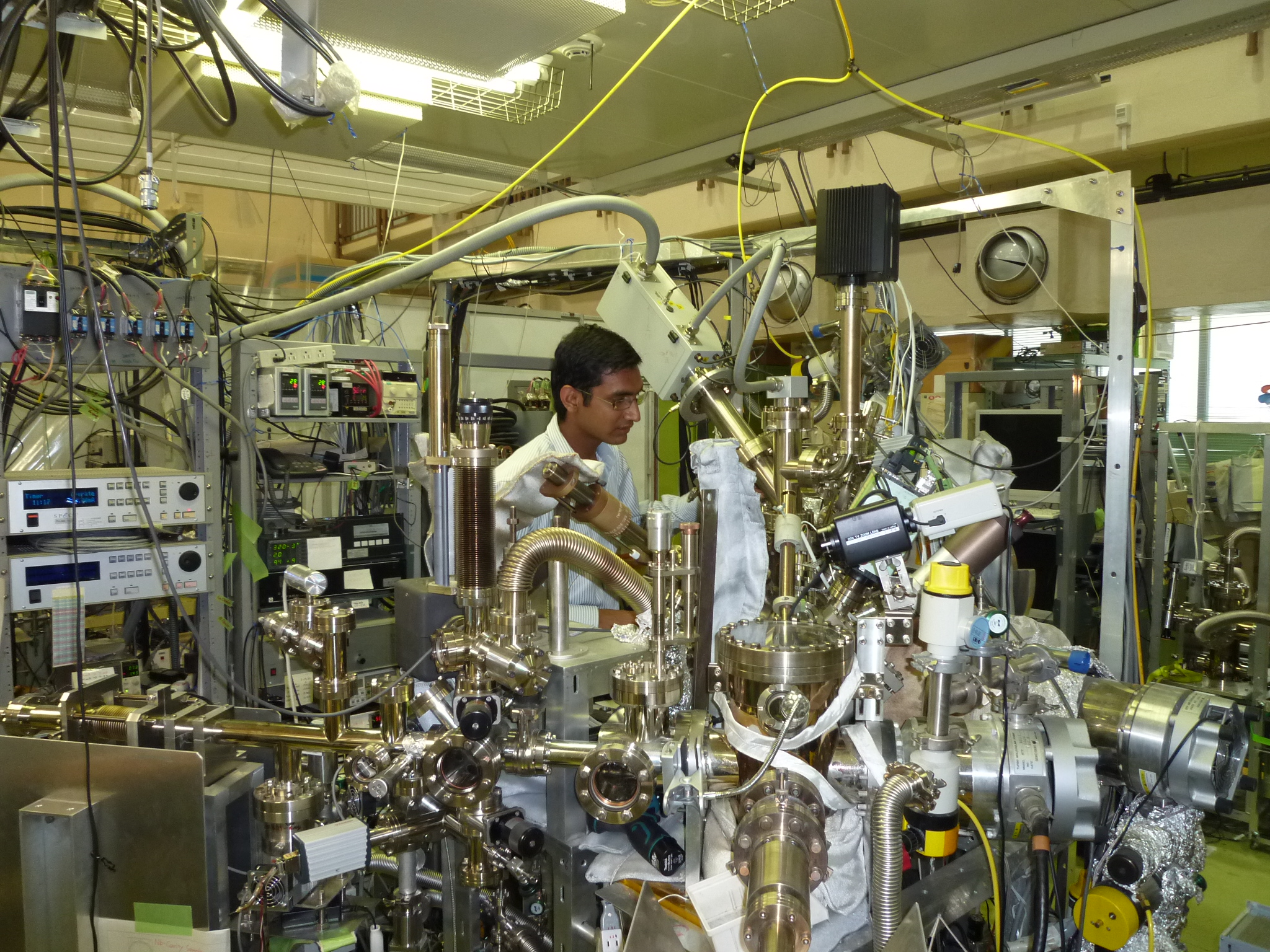 |
Niobium superconducting radio frequency (SRF) cavities are being used in particle accelerators to achieve high electric field gradient. For International Linear Collider (ILC), the aim of achievement of high electric field gradient is larger than 35 MV/m in one nine-cell SRF cavity.
During the fabrication process of niobium SRF cavities many defects and contaminants occur which are necessary to be removed to achieve such high field, and hence cavity inner surface is chemically etched to get smoother and contaminants free surface. Usually, buffered chemical polishing (BCP) followed by electro-polishing (EP) is used to etch the cavity inner surface. As a result of the process, some of the chemical residua from the polishing acids and post-polishing treatment materials would be left on the surface. These residua strongly depend on the process parameters. After the EP process followed by post EP processes, we characterize the status of surface of niobium cavity by using surface analytical tools like x-ray photoelectron spectroscopy, secondary ion mass spectroscopy, scanning electron microscope etc. We are trying to find the best EP parameters to achieve the best performance of SRF cavities for ILC. The photograph shows shows surface analysis of EPed niobium sample coupons with a X-ray photoelectron spectroscopy.
Shigeki Kato |
Study of CNT Field Emitter
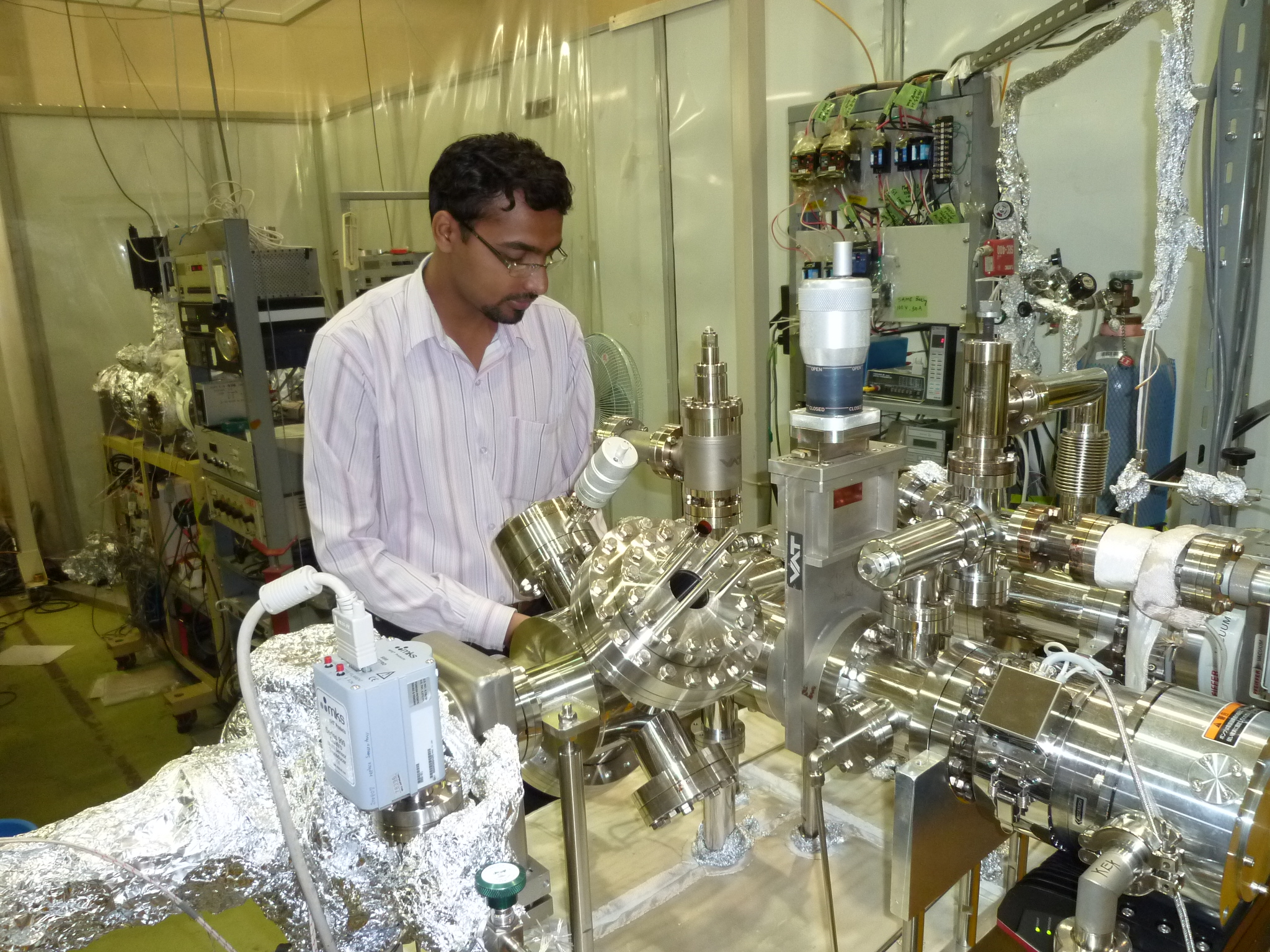 |
We are working in the field of Carbon Nanotube (CNT), in which CNTs are used to make film field emitter (FFE). The FFEs are very useful in many applications like accelerator and high intensity X-ray sources for medical and security examinations, targeting a current density of a couple of 100 A/cm2 with a total current up to 100 mA. We have been doing our efforts to achieve higher emission current from FFE with different approaches. The photograph shows a magnetron sputter coater for preparing an emitter substrate equipped with the substrate load lock system.
Shigeki Kato |
Study of electron cloud density near beam at KEKB Low Energy Ring
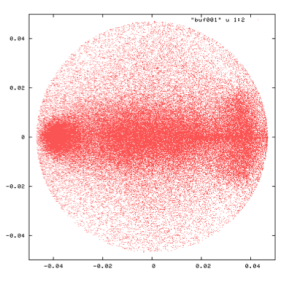
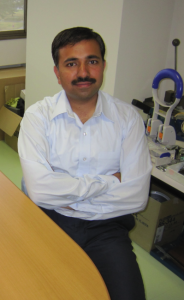 |
A large number of electrons called ‘an electron cloud (EC)’ are accumulated in vacuum chambers in positron storage rings. The ECs interact with a beam then make the beam unstable. Thus knowledge of electron cloud density near beam is essential to study the beam instabilities caused by the EC and investigate measures against it. Here, a study to estimate the electron cloud density near beam is going on using data of electron monitors taken at KEKB and a newly developed simulation program. A figure on the left shows an example of the simulated EC in a vacuum chamber.
Hitoshi Fukuma |
Development Research of photocathode RF electron gun to produce high quality electron beam
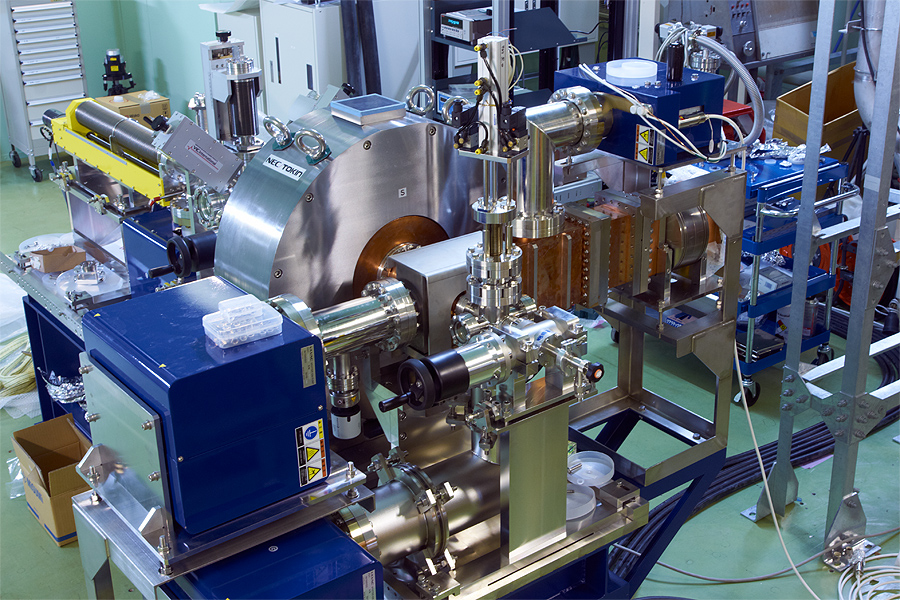 |
Low emittance electron beam extraction from photocathode materials is the key technology to produce high quality electron beam. To use relatively easy laser shaping makes ideal beam extraction from photocathode possible. The extracted beam is immediately accelerated by the high electric field in the RF gun cavity to the speed of light, and maintained the high quality up to high energy. The high quality electron beam generation is the important research to realize high energy and high quality accelerator.
Hitoshi Hayano |
Development of superconducting cavity for high gradient acceleration
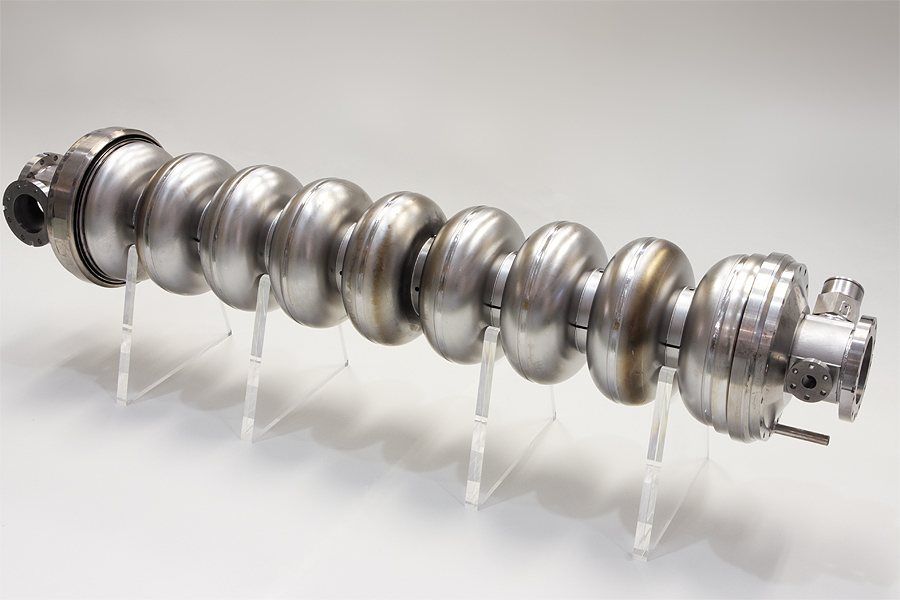 |
Superconducting cavity is under development to produce high intensity high quality electron beam acceleration by high gradient field. The cavity is fabricated by Niobium metal and operated by cooling down to 2K. At that temperature, cavity inside becomes superconducting state, and the high field is generated by a small power of microwave input. Since almost all the power goes to beam acceleration, high gradient acceleration with high efficiency can be realized. The focus point of the development of cavity is to raise the gradient, to realize high quality acceleration.
Hitoshi Hayano |
Computational Science
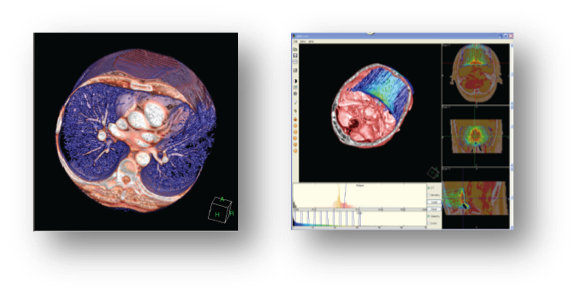
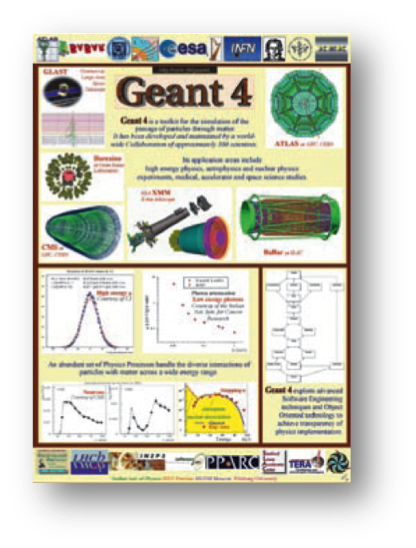 |
Geant4
Geant4 is a toolkit for the simulation of the passage of particles through matter and developed by the international collaboration including KEK. Its areas of application include high energy, nuclear and accelerator physics, as well as studies in medical and space science. http://www.kek.jp/intra-e/feature/2010/Geant4.html
Computing Research Center, Takashi Sasaki |
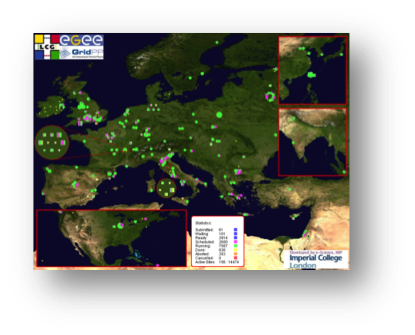 |
Grid Computing
Grid is a infrastructure for world wide distributed computing. We are doing the research and development to build the infrastructure to answer the tremendous needs in the accelerator science. The new infrastructure, ?cloud? in also covered in this research.
Computing Research Center, Takashi Sasaki |
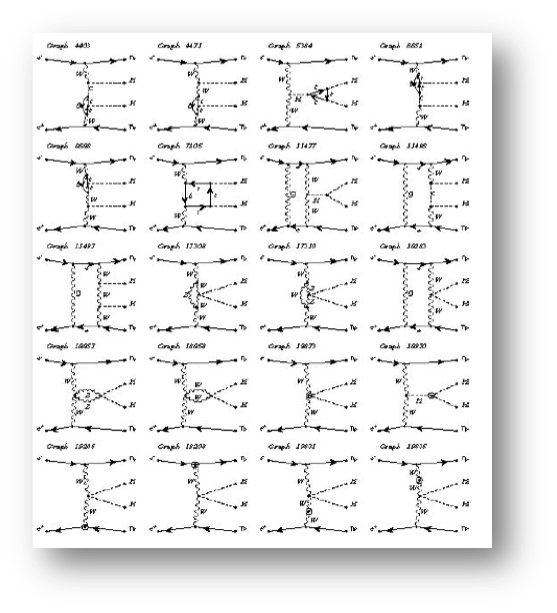 |
GRACE
The GRACE system is one of the software systems to calculate Feynman amplitudes including loop diagrams.
Computing Research Center, Toshiaki Kaneko |
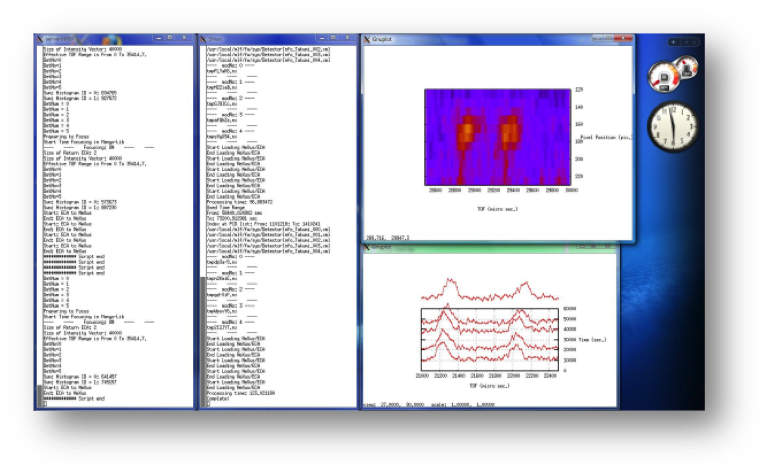 |
Manyo-Lib
Manyo-lib is the software toolkit which developed for data analysis at neutron experiments provides the necessary software parts such as network distributed processing, user interfaces, data base adaptors and so on.
Computing Research Center, Jiro Suzuki |















